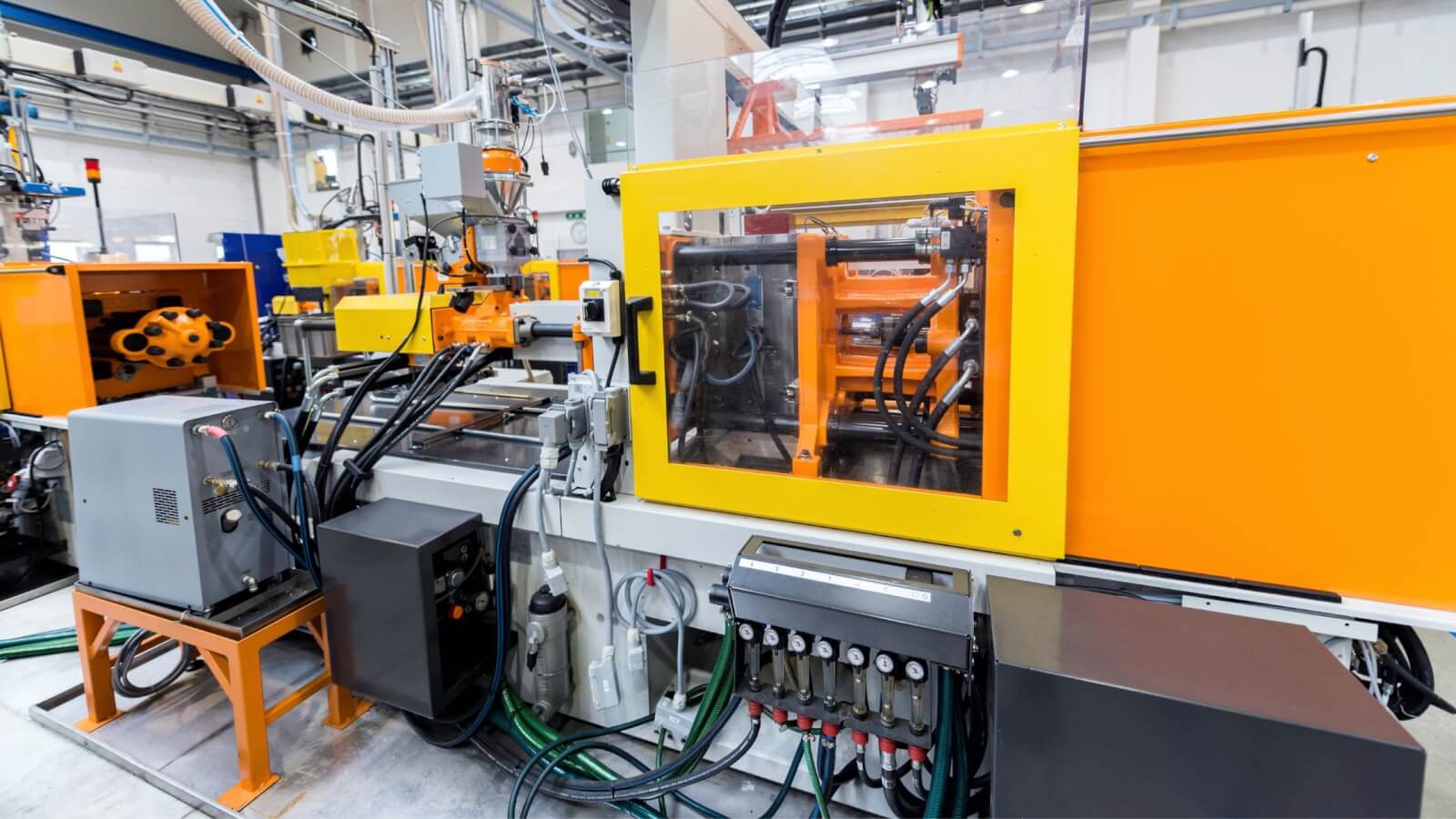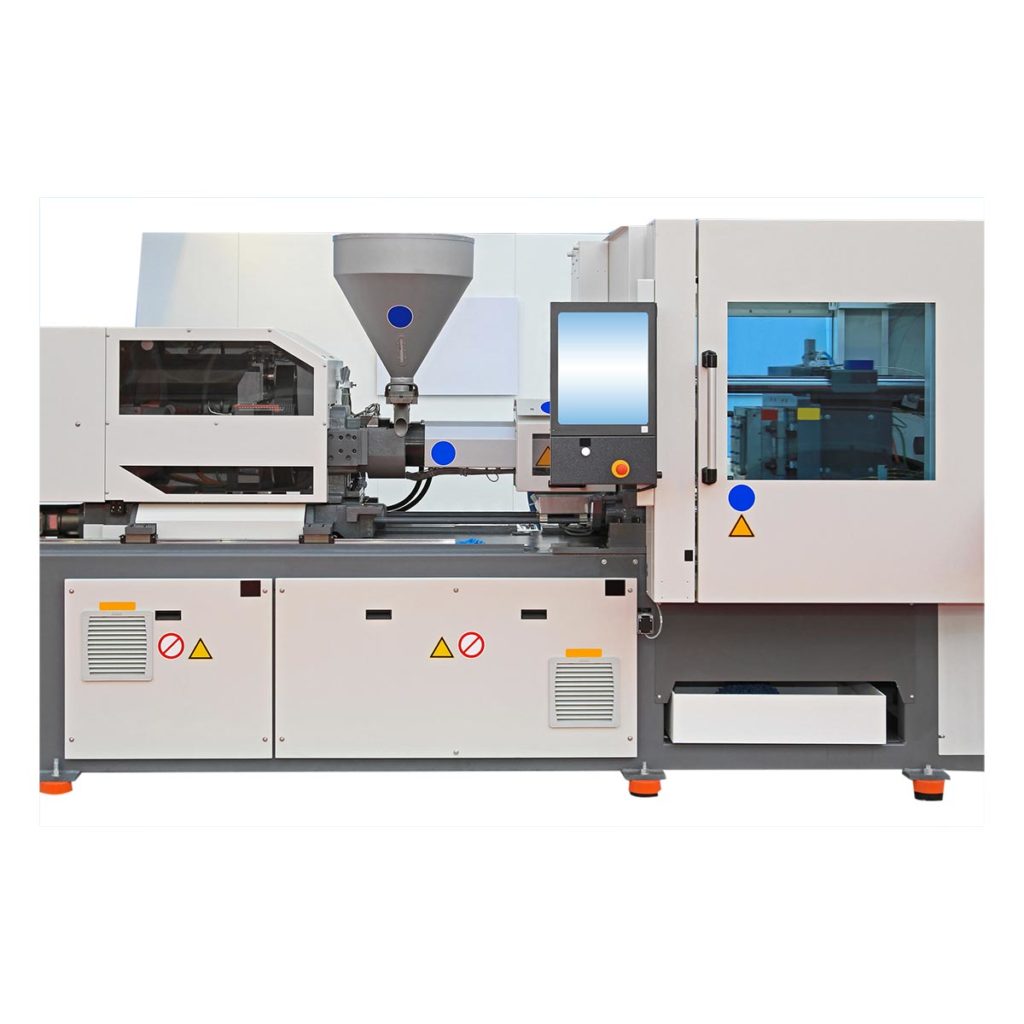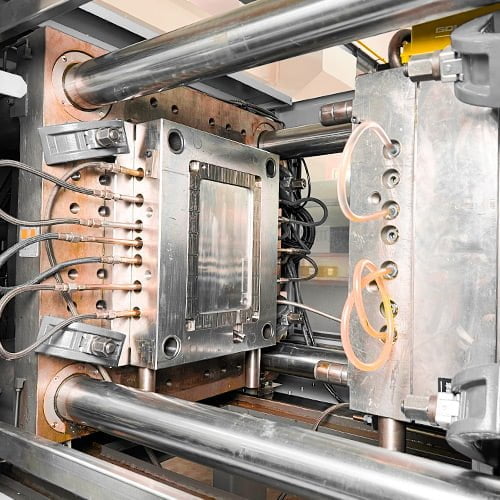Plastic Injection Molding: A Comprehensive Overview to Modern Production Techniques
Plastic Injection Molding: A Comprehensive Overview to Modern Production Techniques
Blog Article
Recognizing the Essentials of Plastic Injection Molding Processes
Plastic shot molding serves as a keystone of contemporary production, giving a systematic technique to generating complicated elements with precision. Exploring these necessary components can disclose exactly how even small modifications can lead to significant enhancements in manufacturing end results, elevating concerns regarding the possibility for development in this well established process.
What Is Plastic Injection Molding?
Plastic injection molding is an extensively utilized production process that transforms thermosetting and polycarbonate materials into accurate and intricate forms. This strategy is preferred for its capacity to produce high quantities of the same parts with outstanding precision, making it a vital approach in numerous markets, consisting of vehicle, durable goods, and medical devices.
The procedure includes thawing the selected plastic product and infusing it into a mold under high pressure. The mold, created to the specifications of the preferred part, permits the liquified plastic to materialize as it solidifies and cools down. When the product has actually set, the mold is opened, and the finished element is ejected.
Plastic shot molding supplies numerous benefits, including decreased waste, consistency in production, and the capacity to incorporate detailed styles that may be testing with other producing methods. Furthermore, it sustains a broad range of materials, each supplying special buildings that can be tailored for certain applications. As markets remain to introduce, plastic shot molding remains at the center, allowing the development of sophisticated items that fulfill developing consumer needs.
The Shot Molding Process
The injection molding procedure is an innovative strategy that entails several crucial stages to produce high-grade plastic elements. Initially, plastic pellets are fed right into a warmed barrel where they are merged a viscous fluid. This molten plastic is after that infused under high stress right into a precision-engineered mold, which shapes the product right into the preferred type.
When the mold and mildew is filled, the plastic is allowed to cool and solidify, taking the shape of the mold cavity. Cooling time is vital, as it influences the cycle time and the final residential properties of the shaped part. After adequate air conditioning, the mold and mildew opens, and the ended up component is expelled using ejector pins.

Materials Made Use Of in Injection Molding
Various materials can be used in the injection molding procedure, each offering special buildings that deal with specific applications. One of the most frequently used materials include thermoplastics, thermosetting plastics, and elastomers.

Thermosetting plastics, like epoxy and phenolic resins, undergo a chemical adjustment throughout the treating procedure, resulting in a rigid, inflexible structure. These materials are excellent for applications requiring high warmth resistance and structural integrity, typically utilized in electrical insulators and auto parts.
Elastomers, consisting of silicone and rubber-based materials, offer adaptability and strength. Their special residential properties make them suitable for applications that require flexibility, such as gaskets and seals.
Additionally, specialized materials like bio-based plastics and composites are getting grip for their environmental benefits and boosted efficiency attributes, expanding the range of shot molding applications in different industries. Recognizing the residential or commercial properties of these materials is crucial for choosing the ideal kind for particular jobs.
Benefits of Injection Molding
Injection molding stands out as a highly efficient manufacturing process that offers many advantages for creating intricate get rid of accuracy. One of the most considerable benefits is the ability to produce intricate layouts that would be difficult or challenging to attain with various other methods (Plastic Injection Molding). The procedure permits tight resistances and thorough features, ensuring top notch elements
Furthermore, injection molding is recognized for its quick manufacturing abilities, making it a perfect option for high-volume manufacturing. As soon as the mold and Recommended Reading mildew is produced, components can be generated swiftly, decreasing lead times and raising general performance. This efficiency not just lowers manufacturing expenses but also offers a competitive side out there.
The flexibility of materials made use of in injection molding better enhances its appeal. A vast array of thermoplastics and thermosetting polymers can be utilized, permitting makers to choose materials that best satisfy their particular demands, including heat, stamina, and versatility resistance.
In addition, the process lessens waste, as excess product can commonly be recycled and reused. This sustainability facet adds to a minimized ecological influence, making shot molding an accountable production option. In general, the advantages of injection molding make it a preferred method for many markets.
Elements Impacting Item High Quality
While countless variables can affect item high quality in shot molding, recognizing these aspects is vital for attaining optimum outcomes. Secret aspects include product selection, processing criteria, and mold style.
Product selection plays a vital role, as different polymers exhibit distinct why not find out more buildings that influence flowability, strength, and thermal security. Inadequate product option can lead to problems such as bending or incomplete filling.
Handling specifications, consisting of pressure, cycle, and temperature level time, need to be thoroughly managed. Variations in these settings can result in inconsistencies partially dimensions and surface coating. For example, exceedingly heats may trigger destruction of the polymer, while poor pressure can lead to short shots.
Mold and mildew design is just as crucial, as it figures out the flow of the molten plastic and the find more information cooling procedure. Inadequately developed mold and mildews may lead to unequal cooling prices, resulting in dimensional inaccuracies and residual anxieties.

Final Thought
To conclude, plastic shot molding functions as a crucial production process that allows the efficient production of top notch parts. Proficiency of the injection molding procedure, including the understanding of products and the influence of numerous aspects on product high quality, is vital for achieving optimal outcomes. The advantages of this method, such as cost-effectiveness and style adaptability, additional emphasize its importance across numerous sectors, solidifying its standing as a recommended choice for high-volume manufacturing.
Plastic injection molding serves as a foundation of modern production, providing a methodical approach to generating intricate elements with precision.Plastic injection molding provides several advantages, consisting of minimized waste, uniformity in manufacturing, and the capability to include intricate layouts that may be testing with various other making approaches (Plastic Injection Molding). As markets proceed to introduce, plastic injection molding stays at the forefront, making it possible for the advancement of advanced products that fulfill advancing customer needs
The injection molding process is an innovative strategy that involves a number of essential phases to generate premium plastic components.In final thought, plastic shot molding serves as an important production process that enables the reliable production of top quality parts.
Report this page